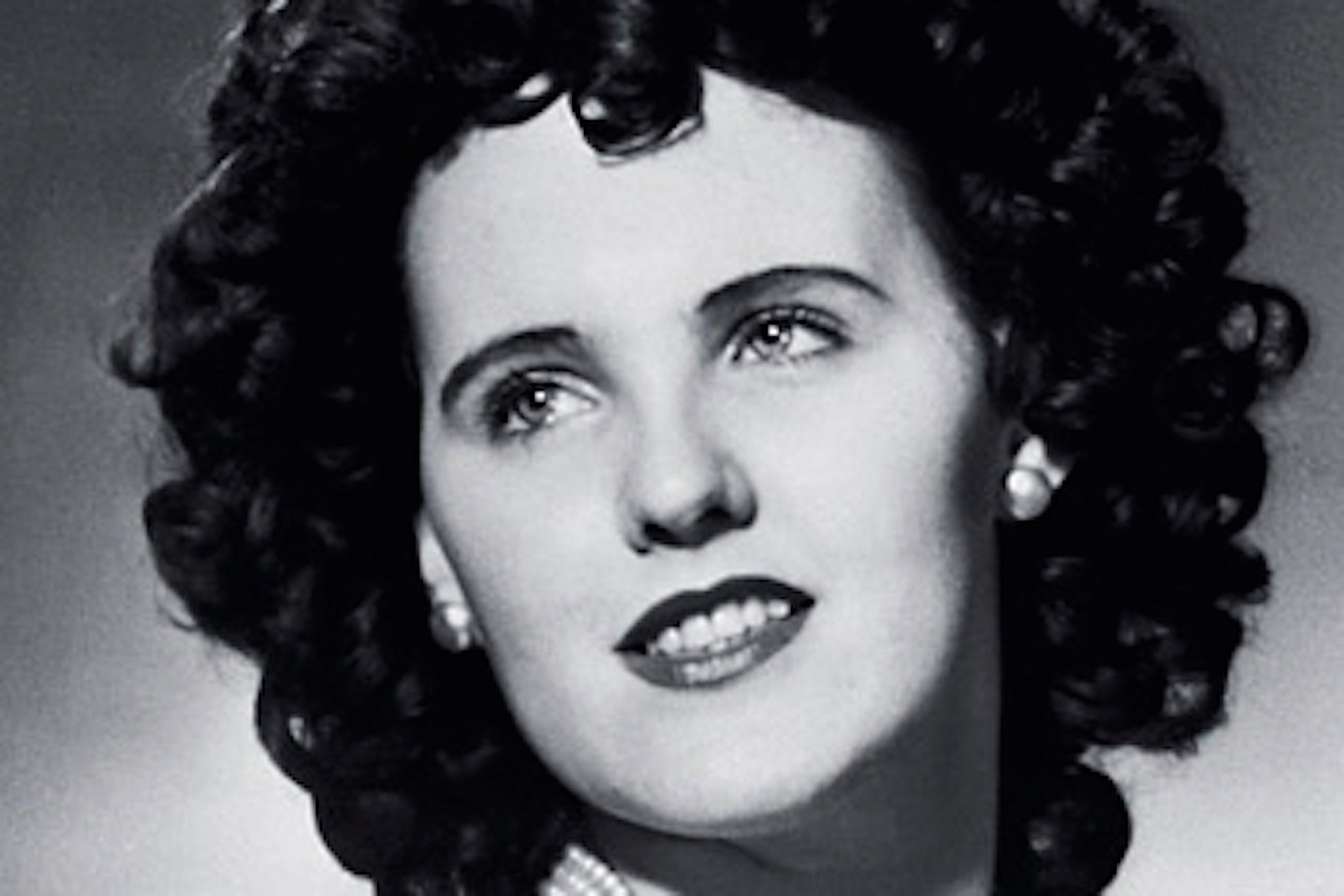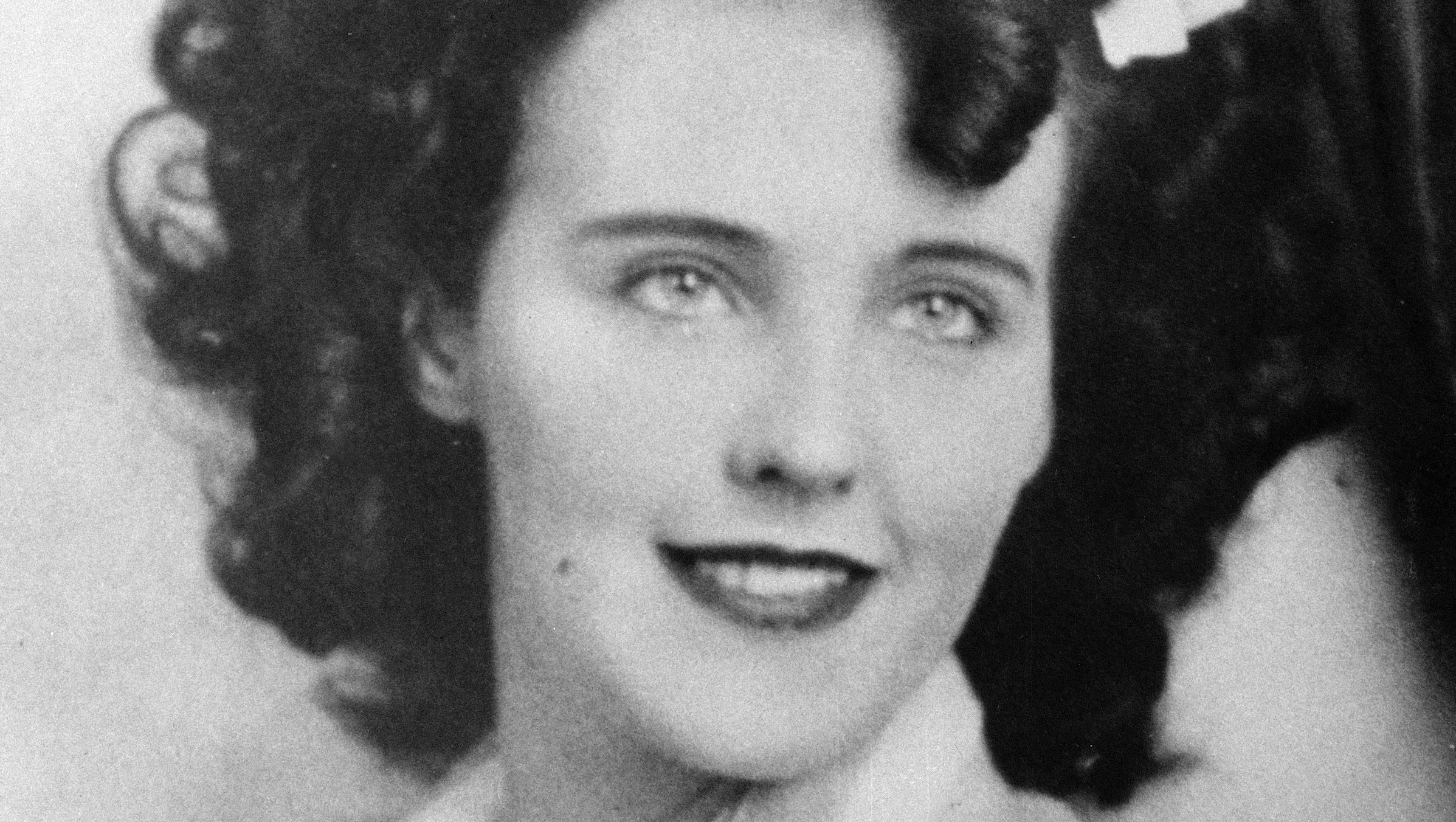Unveiling The Enigma: Black Dahlia Murder – A Deep Dive Into The Shadows
When you hear the name "Black Dahlia Murder," chances are your mind races through a labyrinth of mystery, crime, and intrigue. It’s not just a phrase; it’s an enigma that has haunted true crime enthusiasts and history buffs alike for decades. The Black Dahlia Murder is one of the most infamous unsolved cases in American history, and it continues to captivate audiences worldwide. But what makes this case so unique? Why does it still linger in our collective consciousness?
This story isn’t just about a crime; it’s about the people, the era, and the ripple effects that followed. Imagine walking down the streets of 1940s Los Angeles, where dreams were as big as the city itself. In this world of glitz and glamour, Elizabeth Short—a young woman with aspirations as vast as the Hollywood hills—became the center of a chilling narrative that would leave the world questioning justice, morality, and human nature.
The Black Dahlia Murder isn’t just a cold case; it’s a symbol of the darker side of humanity. It’s a reminder that behind every headline lies a story, and behind every story lies a person. Let’s dive into the details, unravel the mysteries, and explore why this case continues to fascinate so many.
- Year Of The Snake Unveiling The Mystique And Power Of This Enigmatic Zodiac
- How Old Is Mariah Carey Discovering The Queen Of Christmass Age And Legacy
Table of Contents
- Biography of Elizabeth Short
- The Timeline of Events
- Case Details and Evidence
- Potential Suspects
- The Impact on Media and Society
- Forensic Analysis and Modern Techniques
- Why It Remains Unsolved
- Cultural Significance
- The Case in Modern-Day Context
- Conclusion
Biography of Elizabeth Short
Before we dive headfirst into the chilling details of the Black Dahlia Murder, let’s take a moment to remember the person behind the headlines. Elizabeth Short, often referred to as the "Black Dahlia," was a 22-year-old woman from Massachusetts who dreamed of making it big in Hollywood. But who was she really?
Elizabeth was born on July 29, 1924, in Boston, Massachusetts. She was the second of five daughters and grew up in a middle-class family. Her father, Cleo Short, mysteriously disappeared when Elizabeth was just a child, only to resurface years later in San Diego, living under an assumed name. This early life experience of abandonment may have shaped her outlook on life and her relentless pursuit of success.
Key Facts About Elizabeth Short
| Full Name | Elizabeth Short |
|---|---|
| Birthdate | July 29, 1924 |
| Place of Birth | Boston, Massachusetts |
| Occupation | Aspiring Actress |
| Date of Death | January 1947 (Exact date unknown) |
Elizabeth was described by those who knew her as a kind, charming, and ambitious young woman. She had a love for fashion and often dressed in black, which earned her the nickname "Black Dahlia." Little did she know that this moniker would become synonymous with tragedy.
- Barron Graduation Celebrating The Journey To Success
- How Tall Is Shaquille Oneal Unveiling The Height Of The Nba Legend
The Timeline of Events
Understanding the timeline of the Black Dahlia Murder is crucial to grasping the gravity of the case. On January 15, 1947, a gruesome discovery shook the nation. A young woman’s body was found in a vacant lot in Leimert Park, Los Angeles. The victim was identified as Elizabeth Short, and the condition of her body was nothing short of horrifying.
Here’s a breakdown of the key events:
- January 15, 1947: Elizabeth’s body is discovered by a passerby in a vacant lot. Her body is severed at the waist, and her face is grotesquely mutilated.
- January 16, 1947: The Los Angeles Police Department begins its investigation, and the case quickly gains national attention.
- February 1947: Numerous suspects are interviewed, but none are formally charged. The media frenzy surrounding the case intensifies.
- Present Day: The case remains unsolved, sparking debates, theories, and countless investigations.
Each step in this timeline brings us closer to understanding the complexity of the case, but also underscores the tragedy of a life cut short.
Case Details and Evidence
Let’s break down the evidence that has puzzled investigators for decades. Elizabeth’s body was found in a bizarre pose, with her hands tied above her head and her face mutilated. The autopsy revealed that she had been dead for at least a week before being discovered. But here’s where things get really twisted: the killer had meticulously cleaned the body, removing any traces of blood or fingerprints.
Some key pieces of evidence include:
- A handwritten note found near the crime scene, which read, "The world will never know her name."
- Photographs sent to newspapers, allegedly by the killer, showing Elizabeth’s body.
- Witness accounts of a man seen near the crime scene, but descriptions vary widely.
These details paint a picture of a meticulous and calculated killer, someone who planned every move with precision. But who could it be?
Potential Suspects
Over the years, numerous suspects have been named in connection with the Black Dahlia Murder. Some theories suggest that the killer was someone Elizabeth knew, while others point to a stranger with a vendetta. Here are a few of the most prominent suspects:
Walter Bayley
A Los Angeles doctor who reportedly had a fascination with necrophilia, Bayley was one of the first suspects in the case. However, there was no concrete evidence linking him to the murder, and he died shortly after the investigation began.
George Hill Hodel
A former Los Angeles surgeon, Hodel was named as a suspect in the 1990s by his own son, Steve Hodel, who wrote a book titled "Black Dahlia Avenger." Steve claimed that his father confessed to the crime on his deathbed. While intriguing, this theory remains unproven.
As the years have passed, new suspects have emerged, but the truth remains elusive. The lack of physical evidence and the passage of time make it increasingly unlikely that the killer will ever be identified.
The Impact on Media and Society
The Black Dahlia Murder had a profound impact on both the media and society. In the immediate aftermath of the crime, newspapers were filled with sensational headlines and graphic images. The case became a media sensation, sparking a national conversation about crime, justice, and the role of the press.
But the impact didn’t stop there. The Black Dahlia Murder has inspired countless books, movies, and TV shows, cementing its place in pop culture. It’s a story that continues to captivate audiences, partly because of its unsolved nature and partly because of the tragedy at its core.
Media Sensation
During the 1940s, the media played a significant role in shaping public perception of the case. Newspapers competed for the most sensational headlines, often blurring the line between fact and fiction. This media frenzy contributed to the enduring mystique of the Black Dahlia Murder.
Forensic Analysis and Modern Techniques
With advancements in forensic technology, investigators have revisited the Black Dahlia Murder case in hopes of uncovering new clues. DNA testing, fingerprint analysis, and digital reconstruction are just a few of the tools now available to law enforcement.
Despite these advances, the case remains unsolved. Some argue that the lack of physical evidence and the passage of time make it unlikely that the killer will ever be identified. Others believe that modern technology could still hold the key to solving this decades-old mystery.
Why It Remains Unsolved
There are several reasons why the Black Dahlia Murder remains unsolved. First, the lack of physical evidence makes it difficult to identify a suspect. Second, the passage of time has erased many potential leads, as witnesses have passed away and memories have faded. Finally, the sheer complexity of the case, with its numerous suspects and conflicting theories, has made it nearly impossible to pinpoint a single culprit.
But perhaps the most frustrating aspect of the case is the lack of closure for Elizabeth’s family and friends. They were left with more questions than answers, and the world continues to wonder who could have committed such a heinous act.
Cultural Significance
The Black Dahlia Murder has become more than just a crime; it’s a cultural phenomenon. It’s a story that has inspired countless works of art, from novels to films to music. It’s a reminder of the darker side of human nature and the enduring quest for justice.
But beyond its cultural impact, the case serves as a cautionary tale about the dangers of fame and the fragility of life. Elizabeth Short was a young woman with dreams and aspirations, just like so many others. Her tragic death serves as a reminder that behind every headline lies a real person with a story worth telling.
The Case in Modern-Day Context
In today’s world, where true crime podcasts and documentaries dominate the airwaves, the Black Dahlia Murder remains as relevant as ever. It’s a case that continues to fascinate and frustrate, sparking debates and discussions about justice, morality, and the human condition.
As we look back on the case, we must also look forward. Advances in technology and forensic science offer hope that one day, the truth may come to light. Until then, the Black Dahlia Murder remains a haunting reminder of the mysteries that still linger in the shadows.
Conclusion
In conclusion, the Black Dahlia Murder is more than just a cold case; it’s a testament to the enduring power of storytelling. It’s a reminder that behind every headline lies a person, and behind every person lies a story. While the case remains unsolved, its cultural significance continues to grow, inspiring countless works of art and sparking endless debates.
So, what can we take away from this story? First, we must remember the humanity behind the headlines. Elizabeth Short was more than just a victim; she was a young woman with dreams and aspirations. Second, we must continue to seek justice, even in the face of seemingly insurmountable odds. Finally, we must never forget the power of storytelling to connect us, to challenge us, and to inspire us.
So, dear reader, I invite you to share your thoughts in the comments below. Do you have a theory about the Black Dahlia Murder? Or perhaps you’re inspired to learn more about this fascinating case. Whatever your takeaways, remember that every story has a beginning, a middle, and an end. The question is, will we ever uncover the truth behind the Black Dahlia Murder?



Detail Author:
- Name : Breanne Christiansen
- Username : aiyana37
- Email : lester.zulauf@reynolds.com
- Birthdate : 1970-12-10
- Address : 6493 Michelle Place New Moisesshire, KY 34926-7042
- Phone : 667.313.3170
- Company : Abshire-Schultz
- Job : Counseling Psychologist
- Bio : Beatae tempore ea reprehenderit porro sequi eum perspiciatis incidunt. Reiciendis corrupti laudantium sit accusamus ut non. Est dignissimos sunt animi eveniet esse.
Socials
facebook:
- url : https://facebook.com/emmygrant
- username : emmygrant
- bio : Et voluptatem vel a. Iusto officia consequatur et eveniet ullam.
- followers : 2536
- following : 2921
linkedin:
- url : https://linkedin.com/in/grant2005
- username : grant2005
- bio : Fuga eos perspiciatis molestias.
- followers : 3537
- following : 2244